Breed from Leaders Part 2
 The difference between followers and leaders is not in the physical qualities of the birds, but the mental ability to “home”, and thus repeat week after week, a necessary qualification in racing.
The difference between followers and leaders is not in the physical qualities of the birds, but the mental ability to “home”, and thus repeat week after week, a necessary qualification in racing.
Champion lofts seem to produce champions on a regular bases in their own countries. WHY? The legendary and famous fanciers past and present all have one thing in common: They purchased and developed a family of birds that would fit their area and style of racing. They selected their breeders for these desired results, and with some knowledge and a little luck, have become famous in their own countries and many others around the world.
It is no secret fanciers need tough, intelligent birds with the distance qualities, such as endurance, to be competitive in a race series, and have the chance to win the large prizes. That is why I continue to recommend a family of birds with successful bloodlines and years of success with these traits as your best chance of success. We must find the best birds with these qualities and breed them together. The chance of producing the birds we desire is greater by breeding the same qualities we seek together. That is why a family of birds is important, because it has been proven and selected for years to produce the same superior qualities we look to establish in our own birds.
Breeding two families with the same qualities is OK, but breeding two families with different qualities together is not! The “MASTERS” ALWAYS BRED SPEED TO SPEED AND DISTANCE TO DISTANCE. TOUGHNESS AT ANY SPEED AND DISTANCE IS ALSO IMPORTANT, AND ANY BREEDING LOFT MUST CONSIDER THEM.
That is why we need more than one race to determine a bird’s mental toughness, and we need races at distances of 300 miles or longer to see if we have leader or follower qualities. To breed from a bird, or its bloodlines, that is a one time winner of a large prize in a big race with a large number of birds at less than 250 miles is a big mistake. “ANY BIRD CAN GET LUCKY ONCE”. We want proof of several races at longer distances before we breed from such a bird or its bloodlines. A good example is the race record of AU-88-JBM-1038 “MULLIGAN’S PLACE. EXAMPLE #1 AU REGISTERED CHAMPION #0737: COMPETED IN 4 ONE BIRD DERBIES AND 2 THREE BIRD DERBIES 5 TIMES AT 487 MILES; SEVERAL TOUGH RACES AS A YEARLING AND SPEEDS RANGING FROM 1110 YPM TO 1578 YPM. DEFINITELY A LEADER.
Breed From Leaders part 2 By Bob Prisco
The Leading Online Pigeon Racing and Racing Pigeons Magazine – The Pigeon Insider


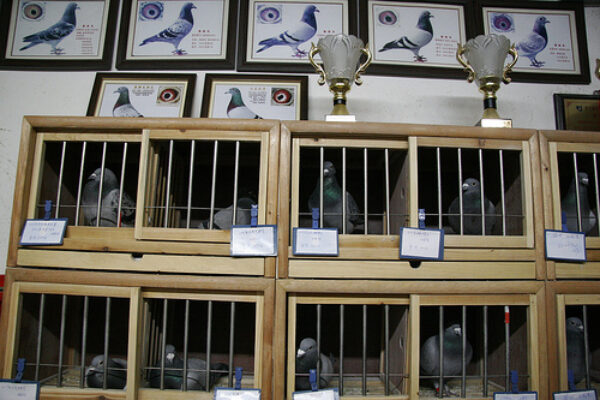
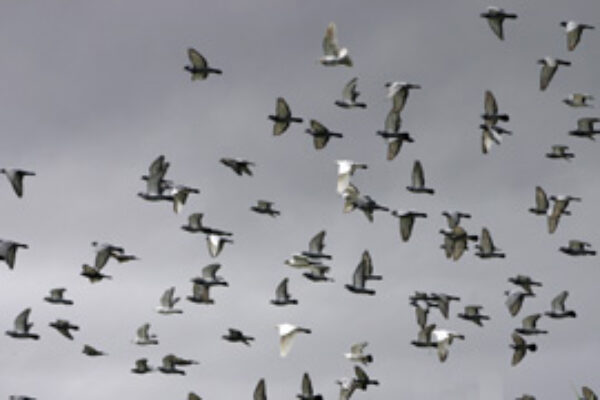
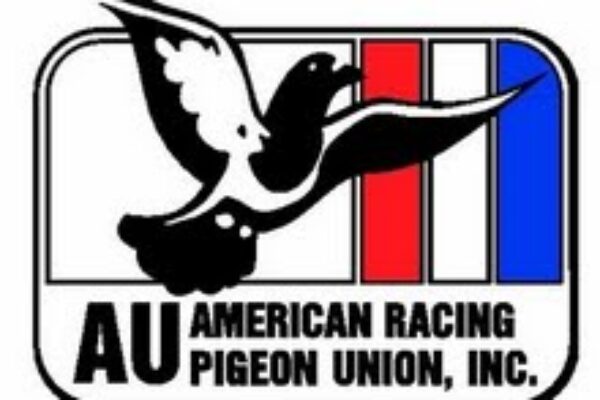
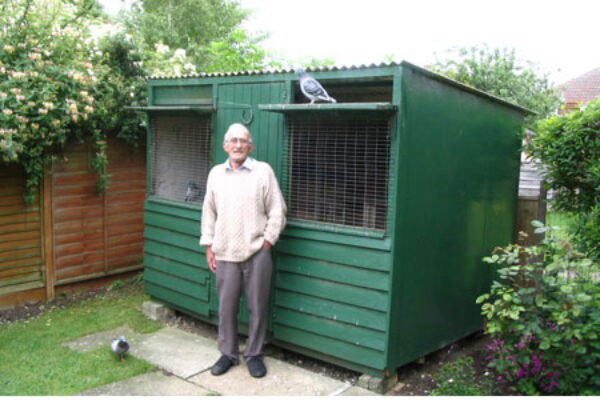
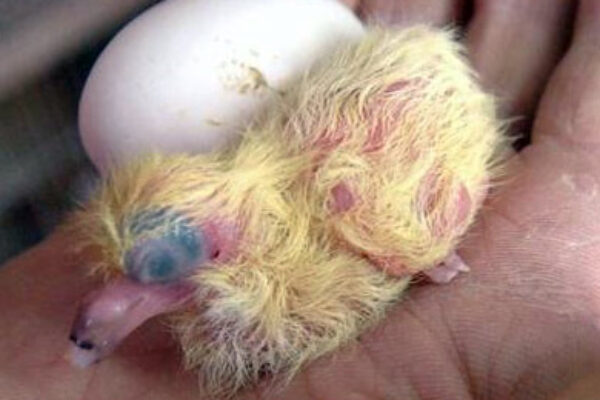


At heendof your aricle u ined a brd that hd COMPETED 5 times at nearly 500 miles, no metion of remarkable results, and from this concluded it to be a leader, in South Africa we would regard that as a mere stayer / homer. consistant great results would identify a bird as a true leader.
Rachel ; Generally speaking , it is hours on the wing rather than actual distance that should be looked at. As far as the pigeon is concerned , a true sprinter has muscle , wing and eyes that are different than the long distance types . I bred a bird that won the Racing Pigeon Digest Ace Pigeon Award in the Sprint series . The birds background has a long distance champ, middle distance racers and some sprint blood . This is a very unpredictable hobby and sometimes a rewarding one !
The distinction between “speed to speed” versus “distance to distance” as it relates to selecting and matching mates for breed stock seems ambiguous.
First of all, speed, expressed as average speed, is the sole determinate factor regardless of distance from short to long. One can understand that some birds fair better in the shorter distance races than longer. Yet, genetics doesn’t always influence that result. Longer races require a keener understanding of energy requirements; its preparation and conditioning that vary significantly from shorter races.
So, does a “speed” pigeon only demonstrate “speed” (wins) at the shorter distances and is slow (losses) at longer distances? Conversely, a distance pigeon is slow (losses) in the shorter races and fast (wins) at longer distance? How does one square that distinction?
great info chris! thanks!
great post thanks
reading your posts is very informent for us bob all. your keeping me on my toes trying to think all the time keep them coming .thanks .
Bob, good day Iam from the Philippines is it posibbe to acuire some of youre good pigeons
Bob, good day Iam from the philippines is it fosible to acuire so of youre good birds
bob, how about pairing of eye color or the eyesign of cok & hen did you have an idea about what is the best pair? or if its advice to pair yellow to yellow, pearl to pearl,or yellow to pearl,..etc?
thanks bob! its really great, i learnd o lot of things in your s site, its a big a factor for me to have you as my mentor im very intersted everytime you post your great and wonderful ideas about pigeons,.. once again thak you bob & chris,,…